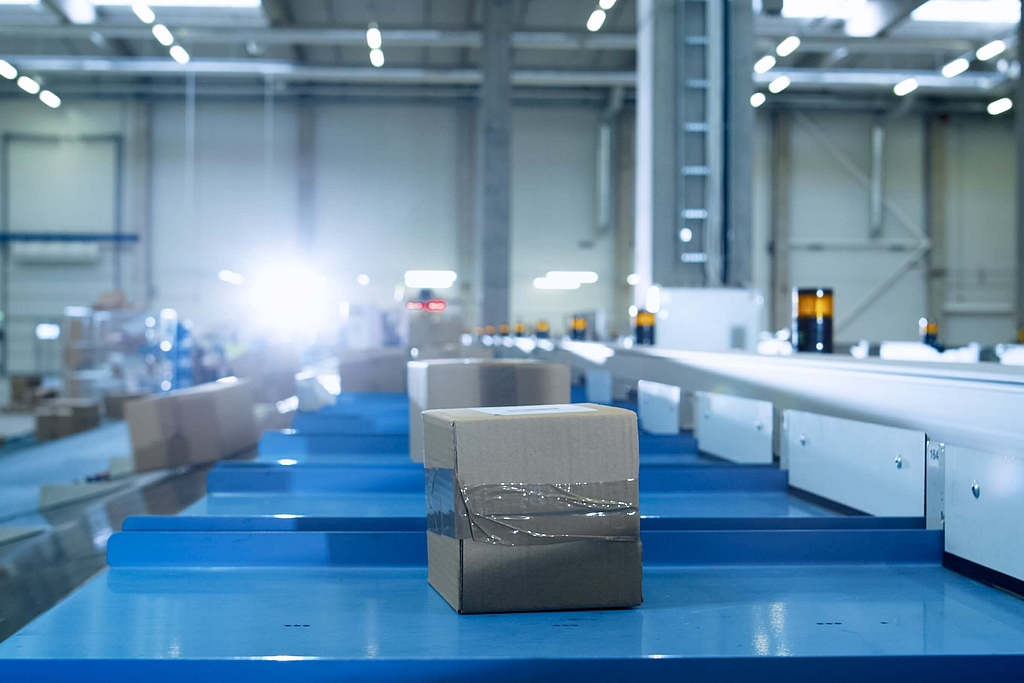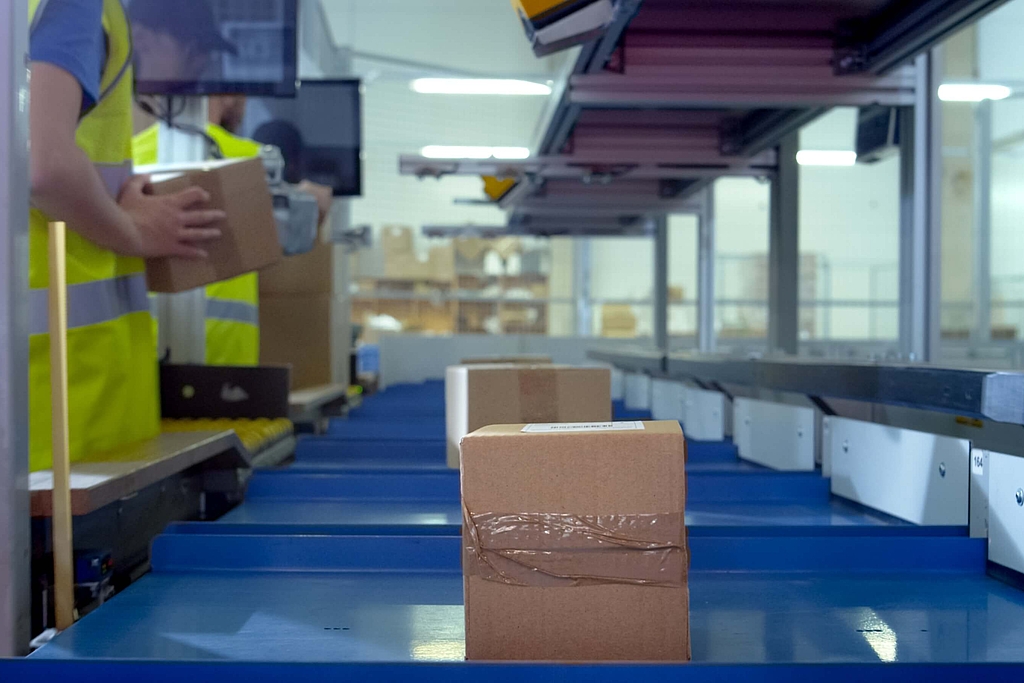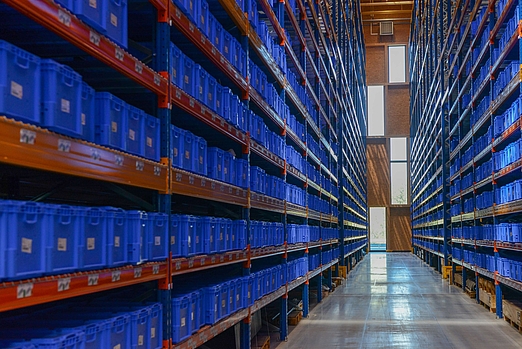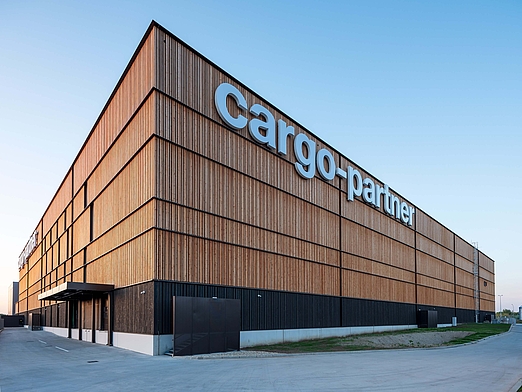eCommerce and Returns: Challenges for Retail and Logistics
Bring It Back
- Facts
Everyone knows that the weeks leading up to Christmas are more than busy for online merchants and parcel services. However, the time after the holidays is becoming increasingly challenging as well, due to the constantly growing number of return shipments. We’ve taken a closer look at the problems caused by the increasing rates of online returns and evaluated a few possible solutions.
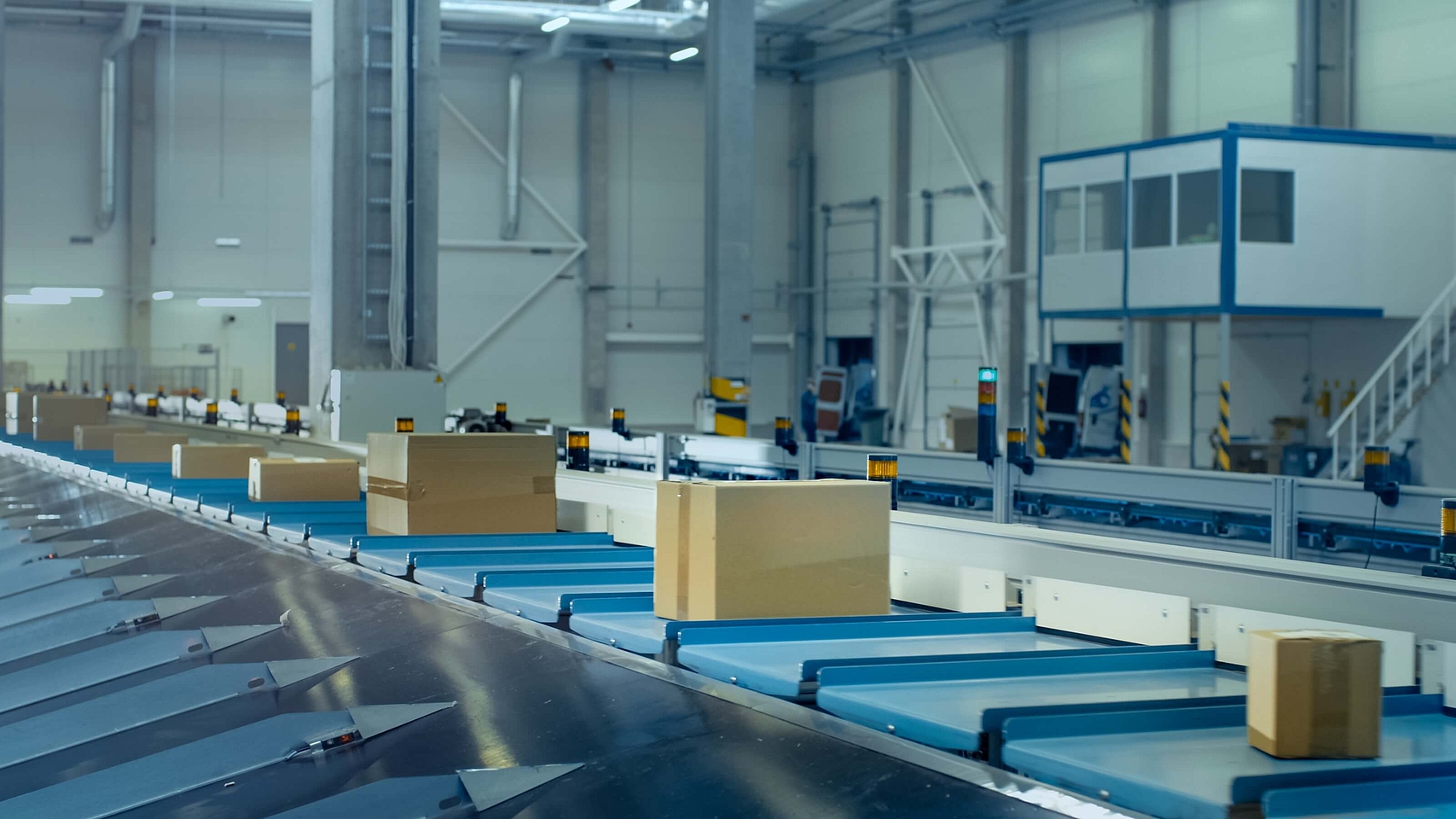


We offer specialized logistics solutions and warehousing facilities for the requirements of a range of industries.
Uniform standards in all of our logistics centers around the world ensure high quality and reliability. Benefit from our comprehensive network of warehouses in Europe, Asia and the USA.
Find out more
